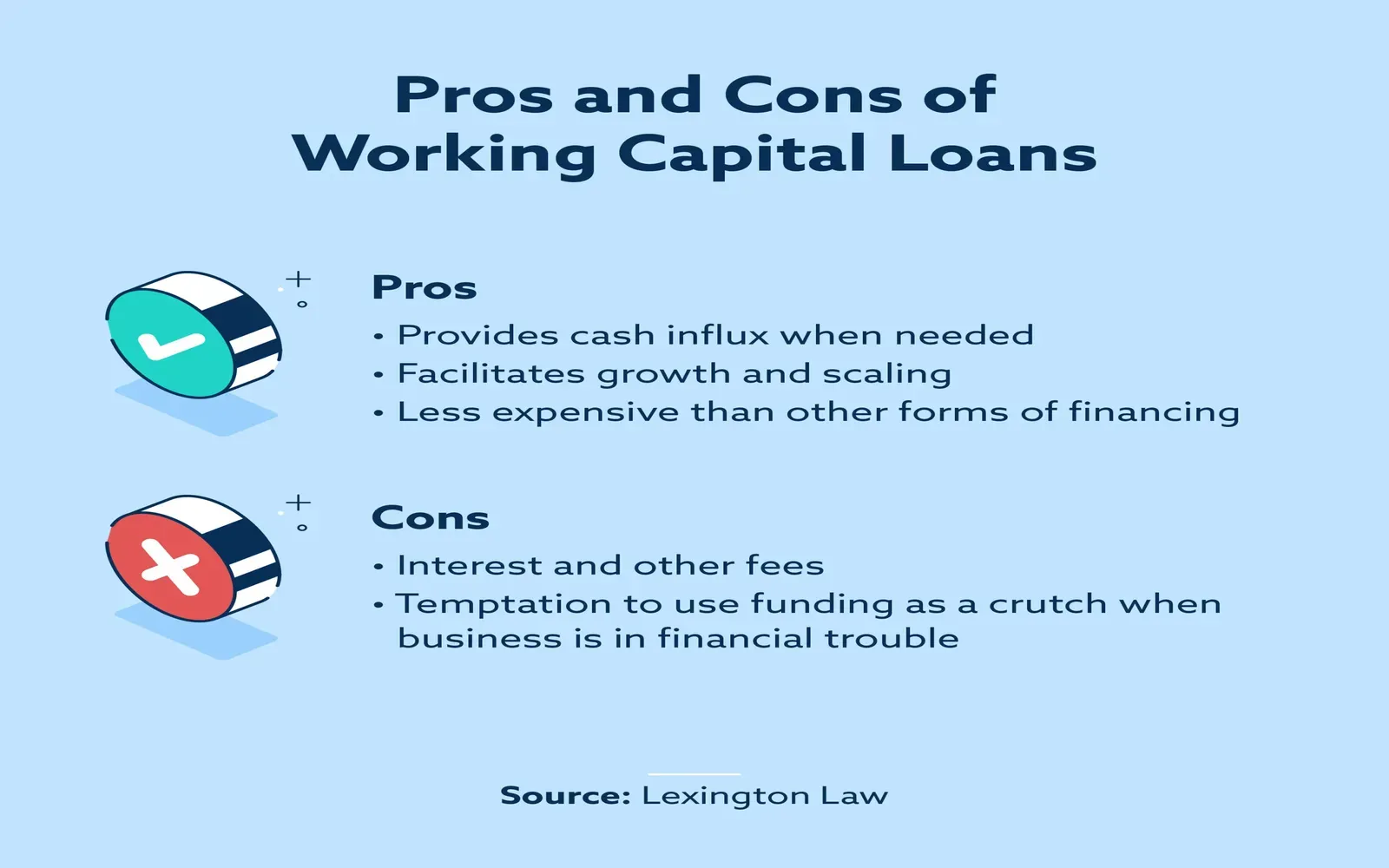When it comes to improving your home, securing the right financing is crucial. Home improvement loans can provide you with the funds necessary to transform your living space into your dream home. However, navigating the landscape of home renovation loans can be overwhelming. This guide will provide you with essential strategies and insights to secure the best home improvement loans available.
Understanding Home Improvement Loans
Home improvement loans are designed specifically to finance renovations and upgrades to your property. These loans can cover a variety of projects, from minor repairs to major renovations. There are several types of loans available, including personal loans, home equity loans, and government-backed loans. Understanding the differences between these options is key to making an informed decision.
Types of Home Renovation Loans
Here’s a brief overview of the most common types of home improvement loans:
- Personal Loans: Unsecured loans that can be used for any purpose, including home renovations. They typically have higher interest rates but do not require collateral.
- Home Equity Loans: Loans that allow you to borrow against the equity in your home. These loans usually offer lower interest rates and come with fixed terms.
- Home Equity Lines of Credit (HELOC): A revolving line of credit secured by your home’s equity, allowing for more flexibility in borrowing.
- FHA 203(k) Loans: Government-backed loans specifically designed for home renovations, which allow you to finance both the purchase of a home and the cost of improvements.
Assess Your Financial Situation
Before applying for a home improvement loan, it’s important to assess your financial situation. Here are some factors to consider:
- Credit Score: A higher credit score can help you secure a lower interest rate. Check your credit report for any errors and take steps to improve your score if necessary.
- Debt-to-Income Ratio: Lenders will look at your debt-to-income ratio to determine your ability to repay the loan. Aim for a ratio below 36%.
- Loan Amount: Determine how much you need to borrow for your renovation project. Having a clear budget will help in selecting the right loan.
Research Lenders and Compare Rates
Not all lenders offer the same terms for home renovation loans. It’s essential to do your research and compare rates from multiple lenders. Here are some tips for finding the best loan:
- Online Lenders: Many online lenders offer competitive rates and fast approval processes. Use comparison websites to evaluate different options.
- Local Banks and Credit Unions: Sometimes, local institutions offer better rates and personalized service. Don’t hesitate to reach out to them for quotes.
- Read Reviews: Look for customer reviews and testimonials to gauge the lender’s reliability and customer service.
Prepare Your Documentation
When applying for a home improvement loan, you’ll need to provide various documents to the lender. Common requirements include:
- Proof of Income: Pay stubs, tax returns, and other documentation to verify your income.
- Credit History: Lenders will pull your credit report, but you may want to provide them with a summary of your credit history.
- Project Estimates: Estimates from contractors or builders for the renovation work you plan to undertake.
The Application Process
Once you’ve chosen a lender and gathered the necessary documentation, it’s time to apply for your loan. Here are the steps involved:
- Complete the Application: Fill out the application form with accurate information.
- Submit Documentation: Provide the lender with all required documentation promptly.
- Loan Review: The lender will review your application and documentation. Be prepared to answer any questions they have.
- Approval and Closing: If approved, review the loan terms and sign the closing documents.
Key Considerations for Home Renovation Loans
Before finalizing your loan, consider these key aspects:
- Interest Rates: Compare the interest rates offered by different lenders to ensure you’re getting the best deal.
- Loan Terms: Understand the repayment terms, including the duration and any fees associated with the loan.
- Impact on Home Value: Consider how your renovations may impact your home’s value. Choose projects that will provide a good return on investment.
Conclusion
Securing a home improvement loan can be a straightforward process if you take the time to assess your finances, research lenders, and prepare your documentation. By following these strategies and insights, you can position yourself to secure the best loan for your home renovation needs. Remember, the key to a successful renovation project starts with choosing the right financing option. With the right home improvement loan, you can turn your renovation dreams into reality.








